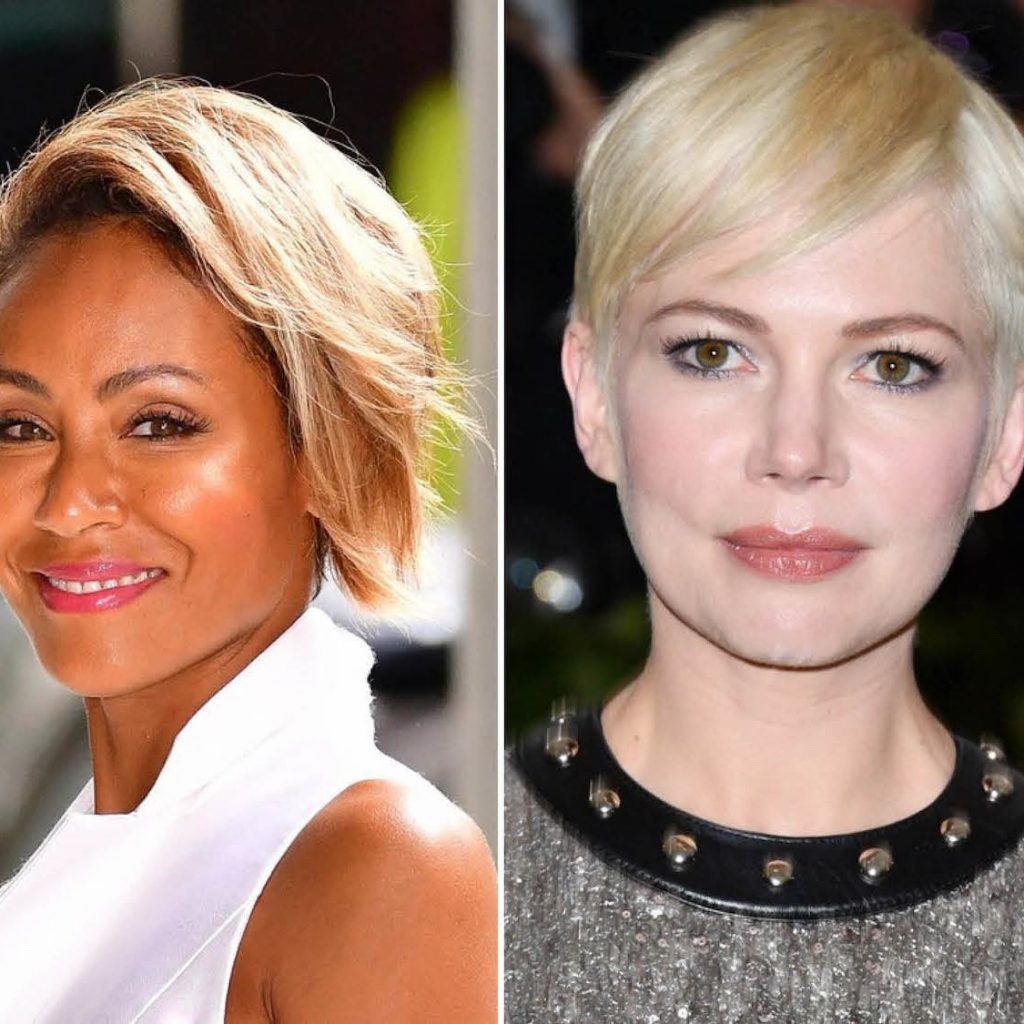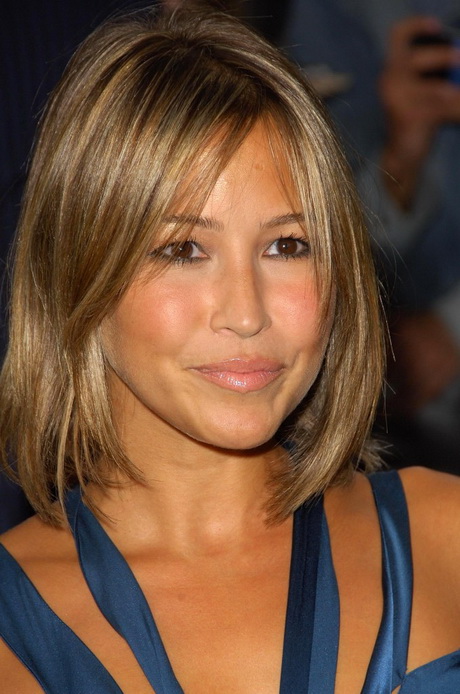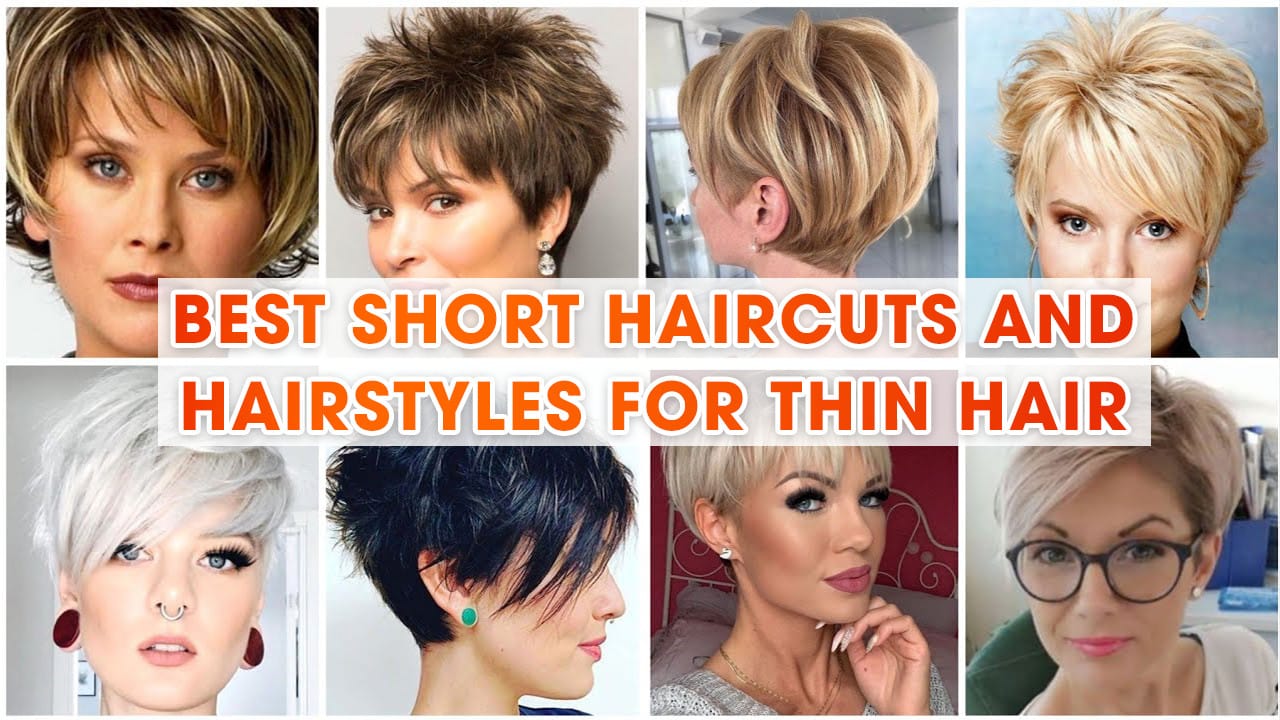
For many women, the journey through life brings with it a common, often unspoken, challenge: thinning hair, particularly on top. Whether it’s due to genetics, hormonal shifts, stress, or the natural aging process, noticing a sparser crown can be disheartening, impacting self-esteem and confidence. However, thinning hair doesn’t mean sacrificing style or feeling less beautiful. On the contrary, with the right knowledge, strategic cuts, and clever styling techniques, women can embrace their hair, create the illusion of fullness, and project an image of elegance and confidence.
This comprehensive guide is designed to empower you with practical, stylish solutions for hairstyles for women thinning on top. We’ll explore core principles, specific cuts that work wonders, essential styling tips, and the vital role of hair care, all aimed at helping you rediscover the joy of your hair.
Understanding Thinning Hair and Its Styling Implications
Before diving into specific styles, it’s helpful to understand why certain approaches work better for thinning hair. Hair thinning on top often means reduced density, finer strands, and a more visible scalp, especially along the part line or at the crown. The goal of any successful hairstyle in this scenario is threefold:
- Create Volume and Lift: To prevent hair from lying flat and revealing the scalp.
- Add Texture and Movement: To make hair appear fuller and more dynamic.
- Distract and Disguise: To draw attention away from sparser areas and towards flattering features.
Achieving these goals requires a departure from styles that can exacerbate the problem, such as very long, heavy blunt cuts that weigh hair down, or tight updos that pull on delicate strands and expose the scalp.
Core Principles for Styling Thinning Hair
Regardless of the specific cut you choose, these foundational principles will guide your styling efforts:
- Embrace Layers: Layers are your best friend. They remove weight, add movement, and create the illusion of fullness. Soft, face-framing layers can also draw attention to your eyes and cheekbones.
- Prioritize Volume at the Roots: This is crucial. Lifting the hair away from the scalp at the crown immediately makes it appear denser.
- Play with Texture: Straight, flat hair can look thinner. Incorporating waves, curls, or a general tousled texture adds body and dimension.
- Strategic Parting: A deep side part or a zig-zag part can effectively disguise a widening part line. Avoid a stark center part, which can highlight thinning.
- Consider Color: Highlights and lowlights add dimension, making hair appear thicker. Lighter shades around the face can also brighten your complexion and draw attention.
- Be Gentle: Thinning hair is often more fragile. Avoid harsh brushing, excessive heat, and tight hairstyles that pull on the scalp.
Top Hairstyles for Women Thinning on Top
Now, let’s explore specific cuts that are renowned for their ability to flatter and enhance hair experiencing thinning on top.
1. The Textured Pixie Cut
The pixie cut is a powerhouse for women with thinning hair, and for good reason. Its inherent shortness means less weight pulling hair down, allowing for natural lift and volume.
- Why it works: A well-cut pixie, especially one with layers and texture, creates the illusion of density. The shorter strands are easier to manipulate for volume at the crown, and the overall style draws attention to your face.
- Variations:
- Shaggy Pixie: Longer layers on top that can be tousled for maximum volume and a playful, modern look.
- Pixie with Side-Swept Bangs: Bangs are excellent for covering the forehead and temples, which can also show thinning. Side-swept bangs are soft and blend seamlessly.
- Asymmetrical Pixie: A longer front section or side-swept fringe can add a chic, edgy touch while distracting from the crown.
- Styling Tips: Use a volumizing mousse or root lifter before blow-drying. Finger-style with a light-hold paste or wax to create definition and texture.
2. The Graduated Bob (Stacked Bob)
A graduated bob, also known as a stacked bob, is cut shorter in the back and gradually lengthens towards the front. This technique builds volume at the nape and crown, where thinning is often most noticeable.
- Why it works: The stacking creates an optical illusion of fullness and lift at the back of the head, which carries through to the top. The slightly longer front pieces can frame the face beautifully.
- Variations:
- Chin-Length Graduated Bob: Classic and elegant, offering significant volume.
- Inverted Bob: Similar to a graduated bob but with a more dramatic angle from back to front.
- Styling Tips: Blow-dry the crown area using a round brush to lift the roots. A light texturizing spray can enhance the stacked layers.
3. The Layered Lob (Long Bob)
If you prefer a slightly longer look, the lob (long bob) is a fantastic choice, especially when cut with strategic layers. It typically falls between the chin and the collarbone.
- Why it works: The length is still manageable enough to avoid weighing down fine hair, while layers add movement and body. It’s versatile and can be styled in various ways to create volume.
- Variations:
- Shaggy Lob: Choppy layers throughout create a relaxed, textured look that disguises thinning.
- Lob with Long Side Bangs: Soft, sweeping bangs blend seamlessly into the layers, providing coverage and framing.
- Styling Tips: Use a volumizing spray at the roots. Blow-dry with a large round brush, lifting sections at the crown. Add soft waves with a curling iron or flat iron for added body and a diffused look.
4. The Shag Cut
The shag cut, with its characteristic choppy layers and feathered finish, has made a triumphant return and is particularly well-suited for thinning hair.
- Why it works: The multitude of layers creates natural volume and movement, making hair appear much fuller. The "undone" nature of the shag means it doesn’t require precise styling, which is great for fine hair that can struggle to hold rigid styles.
- Variations:
- Modern Shag: Less extreme than its 70s predecessor, focusing on soft, face-framing layers and internal texturizing.
- Shag with Curtain Bangs: Curtain bangs are a perfect complement, sweeping open to frame the face and adding a stylish element that draws attention.
- Styling Tips: Apply a texturizing spray or mousse to damp hair and scrunch or diffuse dry. Finger-style for a naturally messy, voluminous look.
5. Soft Waves and Curls
Regardless of the cut, adding soft waves or curls can dramatically improve the appearance of thinning hair.
- Why it works: Waves and curls create body, dimension, and a sense of fullness that straight hair often lacks. The natural movement helps to obscure any sparse areas.
- Styling Tips:
- Heat Styling: Use a large barrel curling iron or flat iron to create loose waves. Always use a heat protectant. Pin curls while they cool for better hold.
- Heatless Options: Braiding damp hair or using foam rollers overnight can create soft waves without heat damage.
- Diffuser: If you have natural waves or curls, using a diffuser attachment on your blow dryer can enhance them without frizz, adding significant volume.
6. Strategic Bangs and Fringes
Bangs are an often-overlooked secret weapon for women with thinning hair, especially when the thinning is noticeable at the hairline or temples.
- Why it works: Bangs draw attention to your eyes and away from the crown. They can also provide excellent coverage for a receding hairline or thinning at the front.
- Types to Consider:
- Side-Swept Bangs: Universally flattering, soft, and easy to blend. They can cover a thinning temple area beautifully.
- Wispy/Feathered Bangs: Lighter and less dense than blunt bangs, they create a soft frame without making the hair look heavier or sparser.
- Curtain Bangs: Longer bangs that part in the middle and sweep to the sides, offering a chic, face-framing effect and good coverage.
- Avoid: Heavy, blunt bangs can sometimes make the rest of the hair appear thinner by contrast.
Essential Styling Techniques and Products
Beyond the cut, how you style and what products you use are equally important.
- Volumizing Products:
- Mousse: Applied to damp roots, it provides lift and body without weighing hair down.
- Root Lifters/Sprays: Targeted products applied directly to the scalp at the roots before blow-drying.
- Texturizing Sprays: Great for adding grit and fullness to dry hair, especially for creating a "lived-in" look.
- Dry Shampoo: Not just for refreshing! It adds instant volume and texture, especially at the roots.
- Gentle Blow-Drying:
- Upside Down: Flip your head over and blow-dry the roots for maximum lift.
- Round Brush: Use a medium-sized round brush to lift sections at the crown while drying.
- Low Heat/Cool Shot: Minimize heat damage. Finish with a cool shot to set the style and add shine.
- Gentle Backcombing/Teasing: For targeted volume, gently backcomb small sections at the roots, then smooth the top layer over. Always use a fine-tooth comb and be gentle to avoid breakage.
- Hair Parting: Experiment with a deep side part or a zig-zag part to create the illusion of more hair and disguise a widening part line.
- Hair Accessories: Stylish headbands, scarves, and hair clips can be fantastic tools to add flair and subtly cover thinning areas. A wide headband can conceal a thinning hairline, while a scarf can add a bohemian touch and cover the crown.
- Scalp Camouflage Products: Products like colored hair fibers (e.g., Toppik) or root touch-up sprays can instantly reduce the appearance of a visible scalp, blending seamlessly with your natural hair color.
Hair Care and Maintenance for Thinning Hair
Beyond styling, proper hair care is paramount for maintaining the health of your existing strands and promoting growth.
- Gentle Cleansing: Use shampoos and conditioners specifically formulated for fine or thinning hair. These are often lighter and won’t weigh hair down. Avoid harsh sulfates and parabens.
- Minimize Heat Styling: Excessive heat can damage fragile hair. Air dry when possible, and always use a heat protectant spray.
- Healthy Diet and Supplements: A balanced diet rich in vitamins (especially B vitamins, D, and E), minerals (iron, zinc), and protein is crucial for hair health. Consult with a doctor about supplements like biotin or collagen if you suspect deficiencies.
- Regular Trims: Even with thinning hair, regular trims (every 6-8 weeks) are essential to remove split ends and keep the hair looking healthy and vibrant.
- Scalp Health: A healthy scalp is the foundation for healthy hair. Consider gentle scalp massages to stimulate blood flow.
Embracing Confidence and Style
Ultimately, your hair is a canvas for self-expression, and thinning on top doesn’t diminish your ability to create beautiful, confident looks. The key is to work with your hair, not against it. Experiment with different cuts, embrace texture, and utilize the myriad of styling products and techniques available.
Consulting with an experienced stylist who understands hair thinning is invaluable. They can assess your hair type, face shape, and lifestyle to recommend the most flattering and manageable cuts and provide personalized styling advice.
Remember, true beauty radiates from within. While these hairstyles and tips can certainly enhance your appearance, your confidence, grace, and unique spirit are your most powerful assets. Embrace your journey, find joy in your style, and let your inner radiance shine through.






